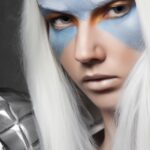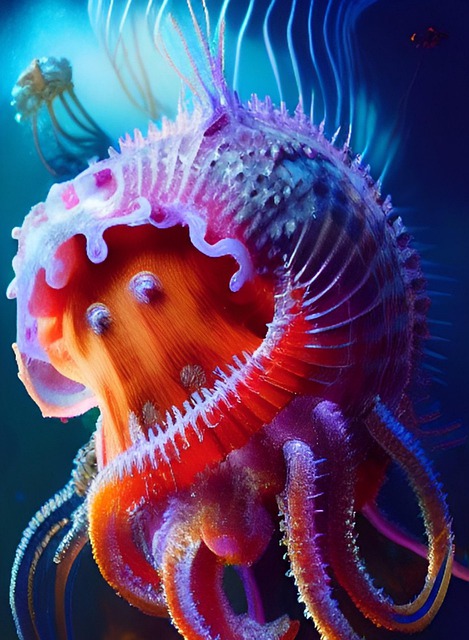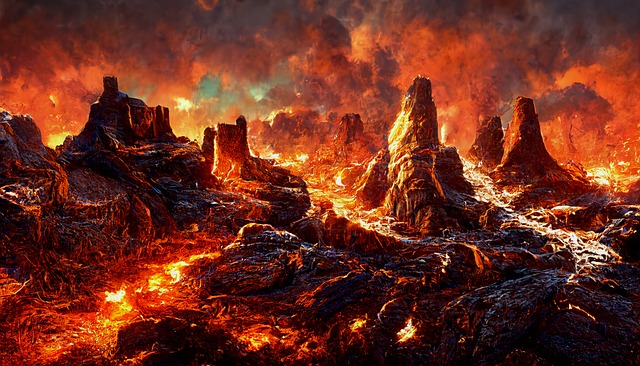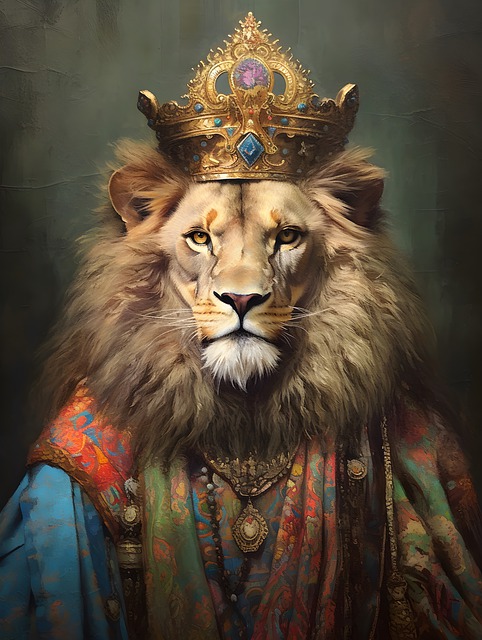Section 1: The Rise of AI Art
In recent years, artificial intelligence (AI) has made significant advancements in various fields such as healthcare, finance, and transportation. However, one area that has been gaining momentum and sparking curiosity is AI art. With the ability to create original works of art, AI is challenging the traditional notion of creativity and pushing the boundaries of what is possible in the art world. This new frontier of AI art is not only fascinating but also raises questions about the future of art and the role of technology in shaping it.
Section 2: Understanding AI Art
AI art is created using algorithms and machine learning techniques, where the AI system analyzes and processes large amounts of data to generate new and unique pieces of art. The process involves feeding the AI system with a vast collection of images, videos, and other forms of data, and then the system uses this information to create its own interpretation of art. The result is a combination of human and machine creativity, where the AI system generates something that would not have been possible by human artists alone.
One of the most significant advantages of AI art is its ability to create an infinite number of variations of a single piece. Unlike traditional art, where each piece is unique, AI art can produce multiple versions of the same artwork, making it more accessible and affordable for art enthusiasts to own. This also challenges the traditional notion of art as a one-of-a-kind creation, raising questions about the value and authenticity of AI art.
Section 3: Embracing AI Art
While some may view AI art as a threat to traditional art forms, many artists and experts see it as an opportunity to explore new frontiers and expand the boundaries of creativity. AI art is not meant to replace human artists but rather to complement and enhance their work. By collaborating with AI systems, artists can push the limits of their imagination and create works that would not have been possible without the use of technology.
Moreover, AI art opens up new possibilities for artists to experiment with different styles, techniques, and mediums. With the help of AI, artists can create hyper-realistic paintings, abstract sculptures, and even music. This fusion of human and machine creativity is not only exciting but also challenges the traditional definition of art and what it means to be an artist.
In addition to its impact on the art world, AI art also has the potential to revolutionize the way we experience and interact with art. With the use of virtual and augmented reality, AI art can be brought to life in ways that were previously unimaginable. This immersive experience allows viewers to engage with the artwork on a deeper level, blurring the lines between the physical and digital world.
Conclusion
The emergence of AI art is a testament to the ever-evolving nature of creativity and the power of technology to transform and enhance our lives. While it may still be a controversial topic, it is clear that AI art is here to stay and will continue to evolve and shape the art world in the years to come. As we embrace this new frontier of creativity, it is essential to remember that at its core, art is about expression, emotion, and pushing the boundaries of what is possible. And with the help of AI, the possibilities are endless.











